Right approach for backyard meadow?
dwatson507
8 years ago
Featured Answer
Sort by:Oldest
Comments (6)
Related Professionals
Fillmore Landscape Architects & Landscape Designers · Paradise Landscape Architects & Landscape Designers · Clermont Landscape Contractors · Braintree Landscape Contractors · Ellensburg Landscape Contractors · North Chicago Landscape Contractors · Suitland Landscape Contractors · Waterford Landscape Contractors · Woodland Landscape Contractors · East Norriton Landscape Contractors · Canton Decks, Patios & Outdoor Enclosures · Diamond Bar Decks, Patios & Outdoor Enclosures · Larkspur Decks, Patios & Outdoor Enclosures · Natick Decks, Patios & Outdoor Enclosures · Pueblo West Decks, Patios & Outdoor Enclosureswisconsitom
8 years agoUser
8 years agolast modified: 8 years ago
Related Stories

DECORATING GUIDESHouzz Tour: Ranch Home With a Fresh Approach to Pattern
A designer balances brights and neutrals, geometrics and brushstrokes in this vibrant house in Texas
Full Story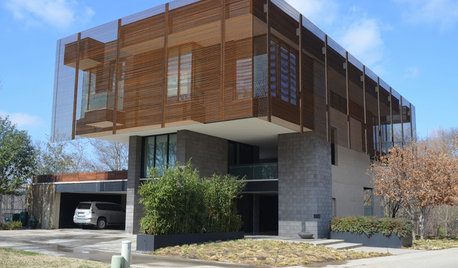
HOUZZ TOURSMy Houzz: A Modern Approach to Efficient Living in Dallas
Energy efficiency, water conservation and resilient materials are key to this home in a Texas development
Full Story
HOUZZ TOURSHouzz Tour: Just-Right Realism in an Eclectic Family Home
With 1,100 square feet, a modest budget and 2 young children, a San Francisco family embraces a creative DIY approach
Full Story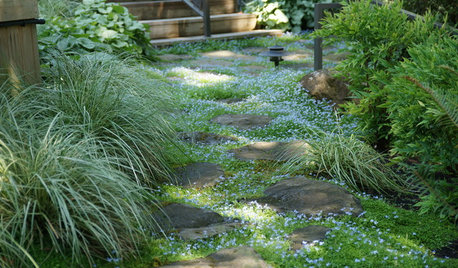
LANDSCAPE DESIGNHow to Pick the Right Floor for Your Garden Room
Crunch the facts on gravel, flagstone, brick, tile and more with our mini guide to outdoor flooring surfaces
Full Story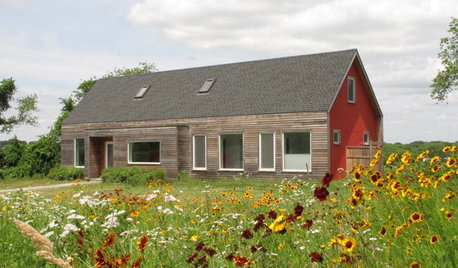
LANDSCAPE DESIGNHow to Design a Meadow Garden Everyone Will Love
Petite grasses or sedges plus flowers make for a manageable landscape that welcomes wildlife
Full Story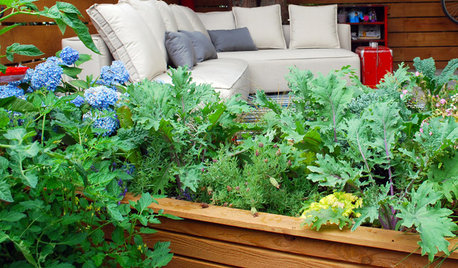
GARDENING GUIDESStep Right Outside for Fresh Herbs and Vegetables
Decks and patios can be convenient spots for edibles, and sometimes they even offer advantages over backyard gardens
Full Story
KITCHEN DESIGNIs a Kitchen Corner Sink Right for You?
We cover all the angles of the kitchen corner, from savvy storage to traffic issues, so you can make a smart decision about your sink
Full Story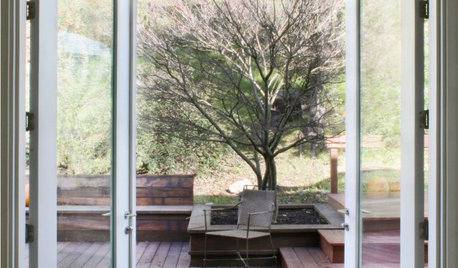
MOST POPULARFind the Right Glass Door for Your Patio
It’s more than just a patio door — it’s an architectural design element. Here’s help for finding the right one for your home and lifestyle
Full Story
LIFE12 House-Hunting Tips to Help You Make the Right Choice
Stay organized and focused on your quest for a new home, to make the search easier and avoid surprises later
Full Story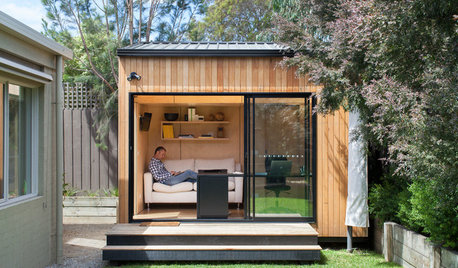
REMODELING GUIDESDesign Workshop: Is an In-Law Unit Right for Your Property?
ADUs can alleviate suburban sprawl, add rental income for homeowners, create affordable housing and much more
Full Story







wantonamara Z8 CenTex